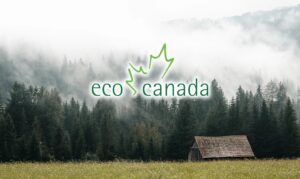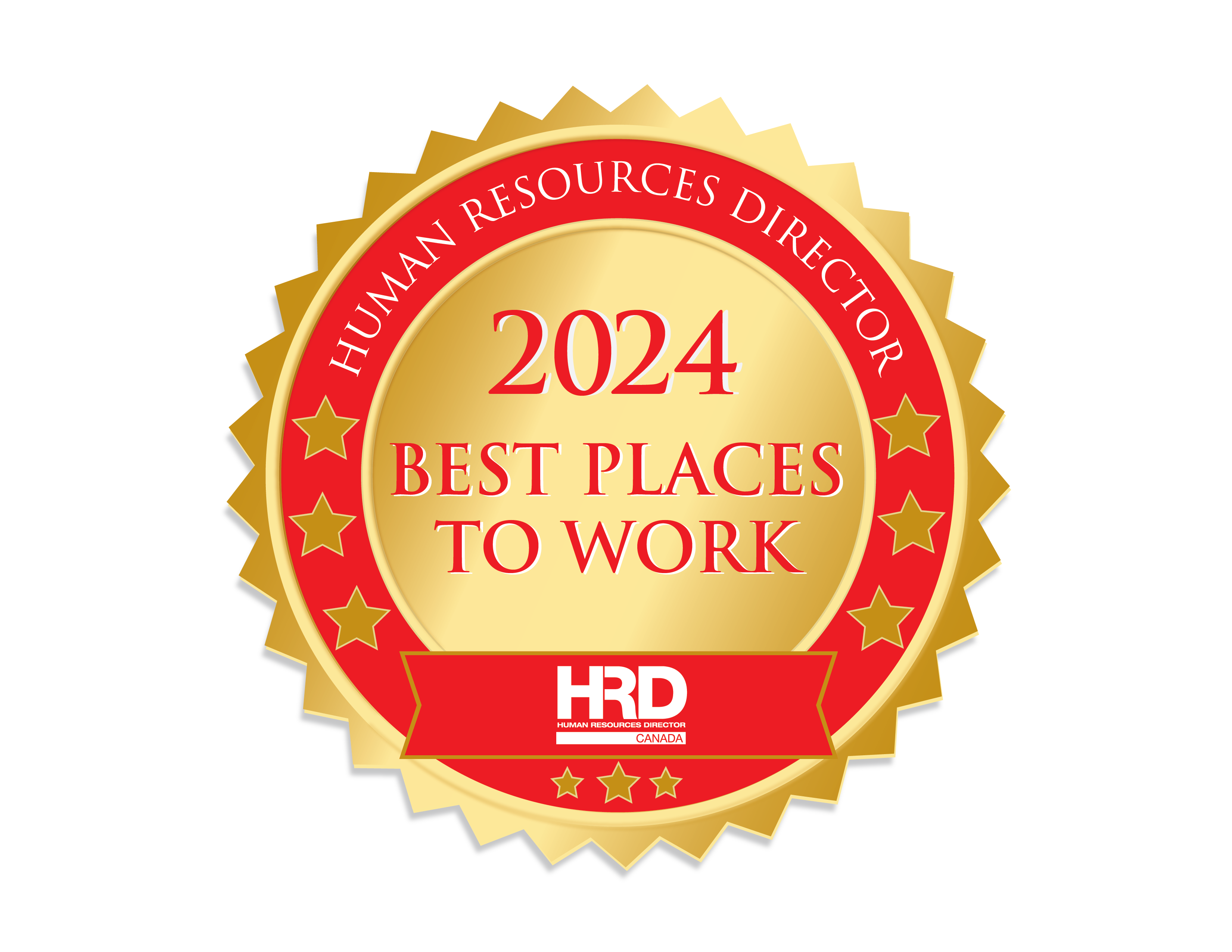[vc_row][vc_column][vc_column_text]
In order to combat issues such as environmental protection and poverty on a global scale, the UN brought countries together to adopt a set of goals that have the lofty goal of prosperity for all.
As part of a new sustainable development agenda, a set of 17 goals was developed and Canada signed on as a partner in 2015. There is a finite amount of time set to achieve as much as possible, globally, by the year 2030.
Many of the sustainable development goals are related to the environment, and almost everyone within the environmental industry can take part and make progress towards many of the goals.
If you’re currently working on environmental projects, or an employer implementing sustainable practices, you’re liking already making a difference.
In Part 2, we will continue to explore some of the key goals relating to the environment and practical ways to contribute.
Click here if you missed Part 1.[/vc_column_text][vc_single_image image=”116573″ img_size=”large” alignment=”center”][vc_column_text]
Goal: Decent Work and Economic Growth
The Federal Government has been funding environmental job creation for over 20 years. Here at ECO Canada, we have facilitated funding for the creation of over 5,000 jobs in the environmental sector. Our own research indicates that 90,000 jobs will be added to the sector by 2014. This is promising for the green economy, and means an increase in jobs related to sustainability which ties in with a number of the SDGs.
Decent work and economic growth go hand in hand, and in jobs which help achieve the SDGs – both basic needs and environmental sustainability – are on the minds on many Canadian employers. Where will these jobs be? Areas such as health, education and social services and “green jobs,” such as in public transit, retrofits, renewable energy and environmental protection and remediation will all form part of a green economy.
Goal: Industry, Innovation and Infrastructure
Creating and upgrading infrastructure will be a key piece to the puzzle and can contribute towards overlapping goals such as Climate Action, Sustainable Cities and Communities and others when we frame this goal from the perspective of public transit infrastructure, building a network of bike lines, or creating walkable communities. Also, building or retrofitting infrastructure so that it can withstand extreme weather events now can help save taxpayers and municipalities money down the road.
Industry can and will play a significant role achieving this goal. Through innovation, industry can create new techniques, processes and products that will contribute to sustainable communities, reducing climate change and other goals. For example, an agricultural business creates a new way of rejuvenating soil to increase sustainable crop yields, in turn leading to more affordable and available food sources.
The CleanTech industry is making contributions towards some of the SDG goals through innovations for social and environmental betterment. Many Canadian provinces are already funding CleanTech innovation.
Goal: Sustainable Cities and Communities
We used to describe sustainability as a ‘trend’, but this is not an accurate description. By it’s own definition, something sustainable is that which is capable of being sustained or “relating to a method of harvesting or using a resource so that the resource is not deleted or permanently damaged”. In terms of a ‘sustainable society’ the definition is “relating to a lifestyle involving the use of sustainable methods”.
Creating sustainable communities will involve more than just the municipality implementing policies, it will take individual contributors making lifestyle choices that can be sustained. Many cities and communities have already taken steps towards creating sustainable spaces, processes, and resources, but others lag far behind. Everything from the installation of solar parking meters to composting programs, water treatment and recycling, to banning plastic bags contributes towards this goal.
Vancouver has been a world-leader in sustainability since 1990 when it was one of the first North American cities to address climate change. In 2012, they launch the Greenest City Action Plan – a goal-based framework to be achieved by 2020. Vancouver has committed to obtaining 100% of energy from renewables by 2050. It now boasts the lowest GHG emissions per person out of the major North American cities.[/vc_column_text][vc_column_text]In total, we have identified that at least 9 of the 17 Sustainable Development Goals are closely aligned with areas of environmental work. Stay tuned for our overview of more SDGs and how you can use your knowledge, skills, and time to contribute as part of our 3-part series on SDGs.[/vc_column_text][/vc_column][/vc_row]



